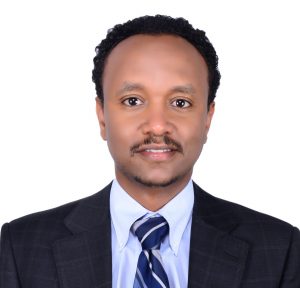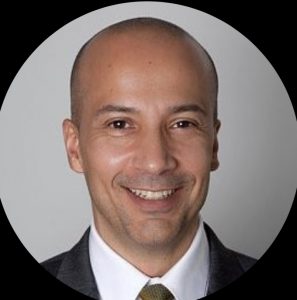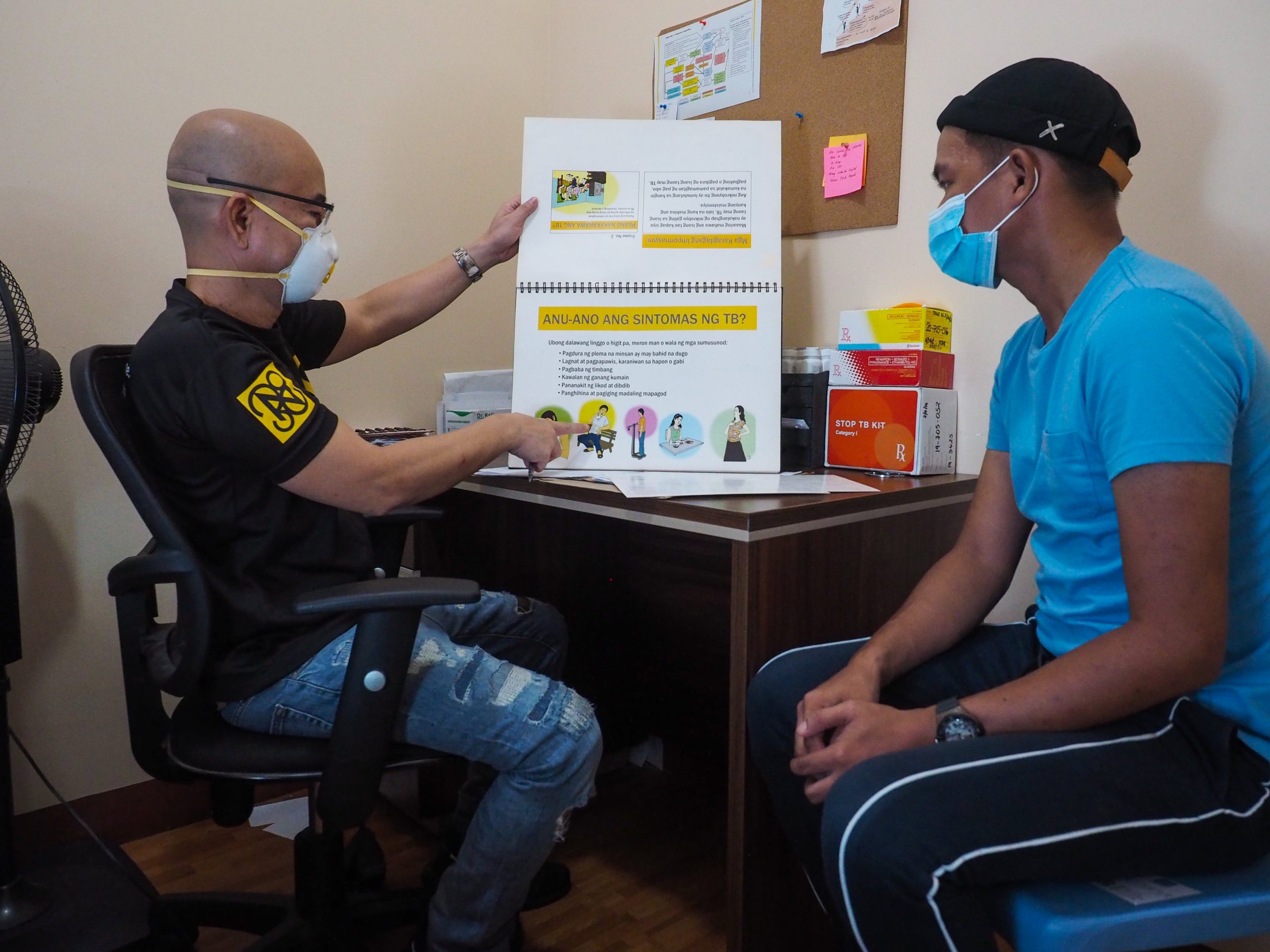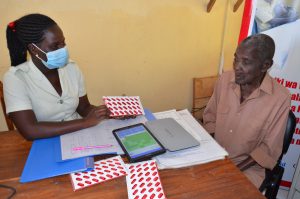As the main research phase of the innovative ASCENT project kicks off, we asked the main researchers Jens Levy, Katherine Fielding and Amare Tadesse to elaborate on the study. Why are they so determined to generate scientific evidence on the use of digital adherence technologies for tuberculosis (TB) treatment? “If it’s shown to be a successful intervention, that could be very beneficial for worldwide TB programs. This might change policy of TB treatment across the world”, says Fielding.
The Unitaid funded and supported ASCENT project helps people affected by TB to complete their treatment through people-centered care, using digital adherence technologies (DATs) and data-driven support interventions. ASCENT implements and evaluates three DATs: medication labels (or sleeves in some countries), smart pillbox and video supported treatment. In the five project countries (the Philippines, Ukraine, South Africa, Tanzania and Ethiopia) thousands of people affected by TB will participate in the research component of the project, as described in the article ASCENT starts main research phase on the benefits of digital adherence tools for tuberculosis patients and healthcare workers.
Working for the London School of Hygiene & Tropical Medicine (LSHTM) – one of the consortium partners of the ASCENT project – Fielding is a biostatistician and co-investigator of the overall project and chief investigator for the Ethiopian study. Tadesse, also from LSHTM, is an epidemiologist and global health expert and is co-investigator in the trial and responsible for the trial investigation in Ethiopia. Levy from ASCENT leading organization KNCV Tuberculosis Foundation, is chief investigator of four of the country studies (Philippines, Ukraine, South Africa and Tanzania) and co-investigator in the Ethiopian study.
The research behind the implementation of DATs is divided between the Ethiopian study and the four-country study. In the Philippines, Ukraine, Tanzania and South Africa the treatment outcomes will be that for the treatment outcome at the end of six months of treatment. In Ethiopia the study outcome includes a six-month follow-up after the treatment to see if there is recurrence of TB.
What is the aim of the research?
“We are trying to evaluate whether facilities that utilize DATs do better in terms of treatment outcomes than facilities that do not,” says Jens Levy.
Fielding: “We keep using the word pragmatic, because this is a very important aspect of the research. The intervention is delivered by healthcare workers, rather than by a separate team of researchers. If we find the project to be successful, we will be demonstrating the success of DATs in the real world.”
 According to Tadesse it’s important to set goals ambitiously, but also, to align those to the global strategy. “Countries make all kinds of efforts to align their country TB protocols and guidelines. Directly observed treatment (DOT) is most common now. Patients have to take their medication daily at a healthcare facility or a healthcare worker visits their home every day. This has done a lot for treatment outcomes of TB patients, but not to a level that will help us achieve the National Tuberculosis Programme (NTP) strategy goals (95% reduction in TB deaths and 90% reduction in TB incidence rate by 2035). DOT is burdensome to both patients and the health system and is limited as a public health tool to encourage adherence to TB treatment. That is where the DATs come into the picture. DATs may make it more feasible to achieve the goals by the end of 2035.”
According to Tadesse it’s important to set goals ambitiously, but also, to align those to the global strategy. “Countries make all kinds of efforts to align their country TB protocols and guidelines. Directly observed treatment (DOT) is most common now. Patients have to take their medication daily at a healthcare facility or a healthcare worker visits their home every day. This has done a lot for treatment outcomes of TB patients, but not to a level that will help us achieve the National Tuberculosis Programme (NTP) strategy goals (95% reduction in TB deaths and 90% reduction in TB incidence rate by 2035). DOT is burdensome to both patients and the health system and is limited as a public health tool to encourage adherence to TB treatment. That is where the DATs come into the picture. DATs may make it more feasible to achieve the goals by the end of 2035.”
“In each country the study is being conducted in a large number of healthcare facilities,” Levy adds. “In all of these countries the studies align together. It is very helpful – and almost essential – to have just about identical protocols to see how the DATs work in different countries. Furthermore, where the Ethiopia study differs in extending the follow-up period, due to the similarity in the protocols we’d like to believe that the experience is going to be comparable.”
What do you hope the results will show?
Levy responds: “We hope to show that a relatively simple technology can enhance relationships between the health care worker and the patient, and make it feasible for patients to get the right amount of follow-up to keep them adherent – in a way that is not burdensome socially & financially.”
In what way is this research innovative?
 Even though a lot of research has been done on DATs, the ASCENT study is different in a couple of ways. “The pragmatic aspect of it is really critical,” Levy states right away. “We are trying to enhance the generalizability by looking across several countries in parallel. But specifically, we’re evaluating and showing what the tool can do in the hands of HCWs. The other thing is that we can better and more easily look at context – to look across countries to the particular circumstances.”
Even though a lot of research has been done on DATs, the ASCENT study is different in a couple of ways. “The pragmatic aspect of it is really critical,” Levy states right away. “We are trying to enhance the generalizability by looking across several countries in parallel. But specifically, we’re evaluating and showing what the tool can do in the hands of HCWs. The other thing is that we can better and more easily look at context – to look across countries to the particular circumstances.”
“When you’re on the research side, you have the tendency to always move away from being pragmatic,” Fielding adds. “Because you’re obsessed with other aspects. We’re very pleased we held on to this pragmatic approach.”
Tadesse agrees. “The way the project is delivered is quite critical and important. I’d also like to add that the National Tuberculosis Programmes (NTP) of each country are being involved in the implementation as well as the research. This is to reflect capacity building and promoting country ownership.” In four of the five countries ASCENT has NTP members as co-investigators, as well as in-country investigators.
“What’s important about what we’re doing with our study,” Fielding replies, “is that HCWs have the possibility to look at the data in real time, immediately.” Levy elaborates: “This gives ASCENT solidity that impacts relationships between the patient and the HCW in a more productive way. It’s a little intangible to describe, but I think that that relationship is really critical to what we are evaluating.”
What are the main challenges?
“Covid”, Fielding responds. “Across all of the counties, the frequency of which patients attend clinics has decreased. They go less often because of Covid. But also, in terms of bumps in the road, just trying to set up the project within the context of Covid is really tricky! A lot of the trainings have to be done either online or face to face, but with certain measures to keep everyone safe. It’s hard to get to clinics, and sometimes clinics have had to close temporarily because of Civid infections amongst HCWs.”
“At the same time,” Levy adds, “some countries are so eager to implement DATs, they’re willing to skip over this very essential research. We’re kind of pressured to hurry up. And then of course, in terms of challenges, we have to take ethics into account. We have to be particularly careful to what extent this type of technology may give away a patient’s TB-status to others. If people connect the dots between the smart pillbox and TB, for example, their privacy is compromised. We have at least seven different ethics boards to negotiate matters like these. But it’s definitely a challenge to make meetings happen in a timely fashion where they’re aligned.”
Technology might also cause another problem for the research. Tadesse explains: “One of the technologies that we are hoping to use, requires mobile phone access by patients. In both study arms we are hoping the patients have this, because we want to send them motivational messages. It also requires a good connection to send the real-time data through the platform. That’s something to be further explored in the research.”
Another aspect that Tadesse mentioned in terms of challenges, is getting the technologies in the project countries. “This has been particularly challenging in Ethiopia. Because the innovations we plan to use, like tablets, are not produced in Ethiopia. The DATs itself, such as the smart pillbox, also need to be imported from another country.”
ASCENT is assisted by a number of advisory boards to help and support them with challenges like these.
What can this research be used for?
 “If it’s shown to be a successful intervention”, Fielding responds, “that could be very beneficial for worldwide TB programmes. On top of that, the economic evaluation of the intervention, will also show whether the project is cost effective. Those two points might reveal to countries ‘you don’t need to directly observe therapy any longer’. In our experience, the majority of patients adhere very well, and don’t need additional support. But this intervention can help identify those patients that need extra help for whatever reason. This might change policy of TB treatment across the world.”
“If it’s shown to be a successful intervention”, Fielding responds, “that could be very beneficial for worldwide TB programmes. On top of that, the economic evaluation of the intervention, will also show whether the project is cost effective. Those two points might reveal to countries ‘you don’t need to directly observe therapy any longer’. In our experience, the majority of patients adhere very well, and don’t need additional support. But this intervention can help identify those patients that need extra help for whatever reason. This might change policy of TB treatment across the world.”
Tadesse has an additional point: “In terms of healthcare providers, they would have access to more reliable timely data from patients, which could help them in managing a particular patient.” To which Levy adds: “We really expect that the lessons we learn – what works, and for whom – are important lessons that we can convey to other countries, so they can more effectively scale-up or adopt this type of technology, and avoid the usual pitfalls.”
Why are KNCV and the London School specifically joining forces on this project?
Levy states that the London School, and especially Katherine Fielding and Amare Tadesse have a lot of relevant experience. At the same time, KNCV has a lot of operational strengths and connections to NTPs. “It’s very important to have both organizations bringing some overlapping skills – and also some different ones. It’s going to be a real success for the project”, Fielding said.
The Unitaid funded and supported ASCENT project is led by KNCV Tuberculosis Foundation in partnership with The Aurum Institute, London School of Hygiene and Tropical Medicine, and PATH. It is implemented in Ethiopia, Tanzania, Ukraine, the Philippines and South Africa. The aim of the project is to make digital adherence technologies available to all TB patients worldwide.
Also partners on the ASCENT project are National TB Program in the Philippines, National TB and Leprosy Programme Tanzania, National TB Program in Ukraine, National TB Program in South Africa and National TB Programme in Ethiopia.

